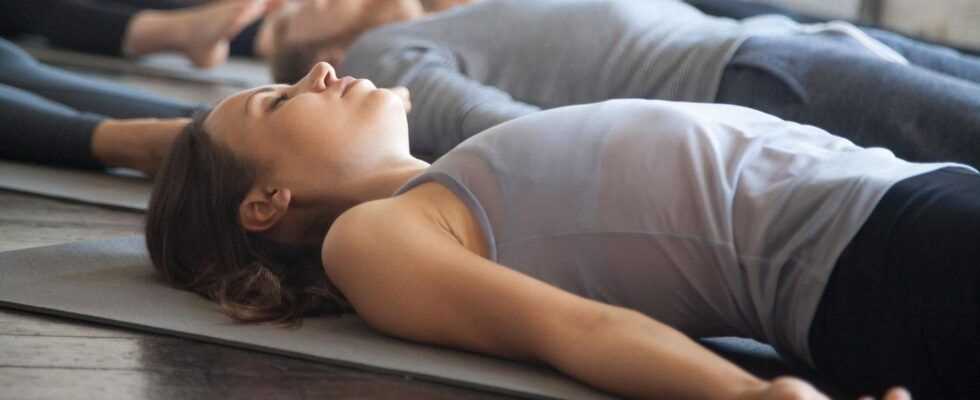Progressive Muscle Relaxation
That is how it goes
© fizkes / Shutterstock
Progressive muscle relaxation is considered a relaxation technique that can help effectively reduce stress. We explain how it works.
What is progressive muscle relaxation?
Progressive muscle relaxation (also: Progressive muscle relaxation or PMR) according to the physiologist Edmund Jacobson is an effective method for relaxation, With which, for example, stress can be reduced and tensions relaxed. The term "progressive" stands for the inclusion of different muscle groups. In general, muscles are specifically tensed and released again in the technique.
Relax at last: how does progressive muscle relaxation work?
Progressive muscle relaxation is easy to do: You only need a quiet place and your own body for your exercises. And this is how progressive muscle relaxation works:
- Allow about 20 to 30 minutes for progressive muscle relaxation.
- Lie down or sit down relaxed.
- Now contract different muscle groups of the body one after the other from top to bottom for ten seconds and then relax them for 30 seconds. The order is:
- Hands: Clench your fists, this also trains your forearms
- Upper arms: Bend the forearm towards the ceiling, press the upper arm parallel to the chest
- Face: frown, grimace, move jaw from left to right, open mouth wide
- Neck and neck: pull your shoulders up and push your head back
- Chest: Pull your shoulders back slightly, contract your chest muscles by taking a deep breath
- Belly: Tense it up and use your loin muscles to counteract it
- Back: Go into the hollow back.
- Then tense your chest, stomach and back again at the same time.
- Bottom: press the buttocks together.
- Thigh: Lift the leg straight up, repeat on the other leg.
- Lower leg: Bend the instep towards the floor.
- Feet: Clench your toes.
- Count yourself in your mind. For example, mentally repeat the word "hold" while you are tensing and think of the word "letting go" as you relax.
What are the benefits of progressive muscle relaxation?
Through the training you learn to feel better in your own body and especially in the muscles. According to various studies, the procedure has the following advantages:
- Relieves muscular tension
- Body awareness increases – you feel tension more quickly in everyday life and can take countermeasures accordingly
- Calms the autonomic nervous system, which can have positive effects on the heartbeat, breathing, digestion, blood pressure and metabolism
- Stress can be reduced more easily
- Symptoms such as chronic pain are reduced or even go away
- Strengthens the psyche, which reduces the risk of a depressive mood or burnout
- Sleep disorders subside
Because of all these benefits, Progressive Muscle Relaxation becomes both disease prevention as well as specifically used for physical therapy and in psychotherapy.
Danger: If you have an existing muscle disease, your doctor should be consulted before starting the relaxation procedure.
Reading tips: Here we explain common stress symptoms and other ways to reduce stress. We will also give you tips against constant fatigue and how stress management works. And here we explain autogenic training and the body scan.
Do you want to exchange ideas about health topics? Then take a look at our BRIGITTE Community.

